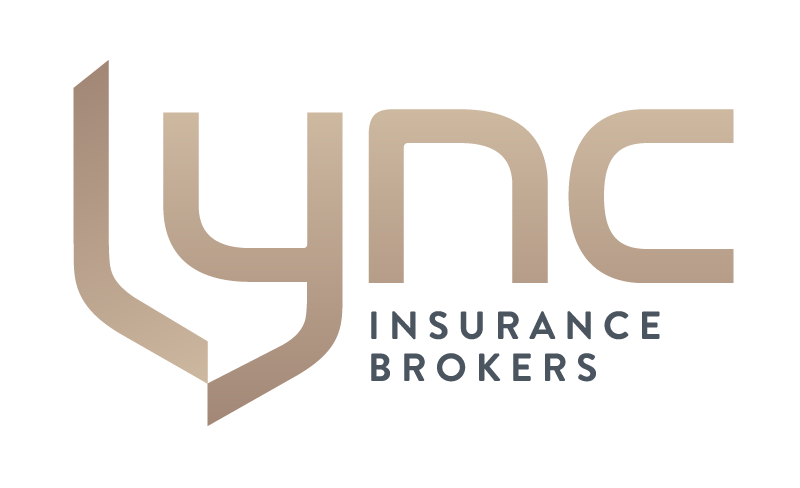3 Ways to Minimise the Risks of Property Defects
You have property and strata insurance sorted. So if anything goes wrong you’re covered, right? Not necessarily.
If your property has a defect and damage occurs as a result of that defect you may not be covered. You also may be liable for damage associated with that defect.
But what exactly is a defect and how can you cover yourself from unexpected costs?
What are property defects?
A property defect is a problem with your building that increases the risk of major damage. A defect within a new building is usually a failure to comply with the National Construction Code, whether through defective materials, faulty design, or poor workmanship.
A defect in an older building may be caused by inadequate maintenance leading to a major maintenance defect, e.g. root rot. Normal wear and tear should be part of your strata’s on-going maintenance and preventative efforts.
Examples of common defects include;
Rusting Garage Poles: Weak garage poles are in danger of collapsing, which could damage your car or affect the structure of surrounding buildings.
Damaged Roofing: Whether your building has cracked tiles or blocked gutters, roof defects increase the risk of a ceiling collapse.
Rotting Structures: Does your property have elements of timber? Rotting timber or other woods could have major implications for your building’s structure.
The Responsibility of Strata
As a strata manager or strata committee member, it’s your responsibility to know about the state of your common property. It’s also your responsibility to notify your insurers of any property defects.
As part of The Strata Titles Act 1985 s35 and the Strata Titles Amendment Act 2018 (STAA 2018) s91:
A Strata company must;
(b) Control and manage the common property for the benefit of all the owners of lots; and
(c) Keep in good and serviceable repair, properly maintain and, if necessary, renew and replace etc.
3 Ways to Minimise the Risks of Defects
1. Obtain A Building Maintenance Report
The best way to minimise the risks associated with damage is to know your building. We advise those responsible for managing the common property to get a Building Maintenance Report, rather than attempting this themselves. These reports are usually conducted by WA Registered Builders and specialists, and outline maintenance issues that need to be addressed immediately and issues that may arise in the future.
2. Advise your insurer
If your Building Maintenance Report uncovers defects it’s best to notify your insurer.
Although we can’t predict what actions your insurer will take, letting them know about the defects and being insured for them is better than not being covered at all. If damage occurs as a result of known defects, you may be ineligible to make a claim and liable to pay for repairs.
3. Implement your Maintenance Plan
So you’ve got your report. You’re in the clear. Not so fast! It’s now time to adopt a Building Maintenance Plan to address defects found in the report. It’s a good idea to request a plan that is risk-rated so each defect item can be scheduled for a particular year. These can be reviewed in strata meetings and be included in the strata budget. Not sure how to do this? Get a specialist to help you.
The Benefits of a Maintenance Plan
Insurers want to work with you, not against you. Putting a Maintenance Plan in place means you’re likely to get a better insurance deal because you’re lowering the risk of claims in the future. Maintenance Plans reduce the risk of injury, unexpected costs and liabilities.
Need help with your strata insurance? Talk to the strata specialists.
